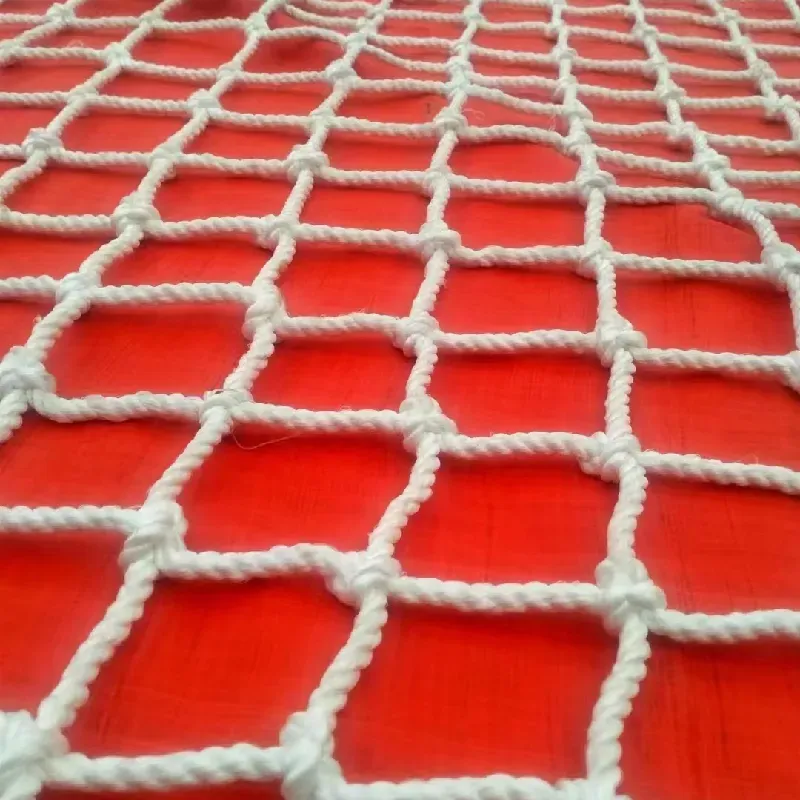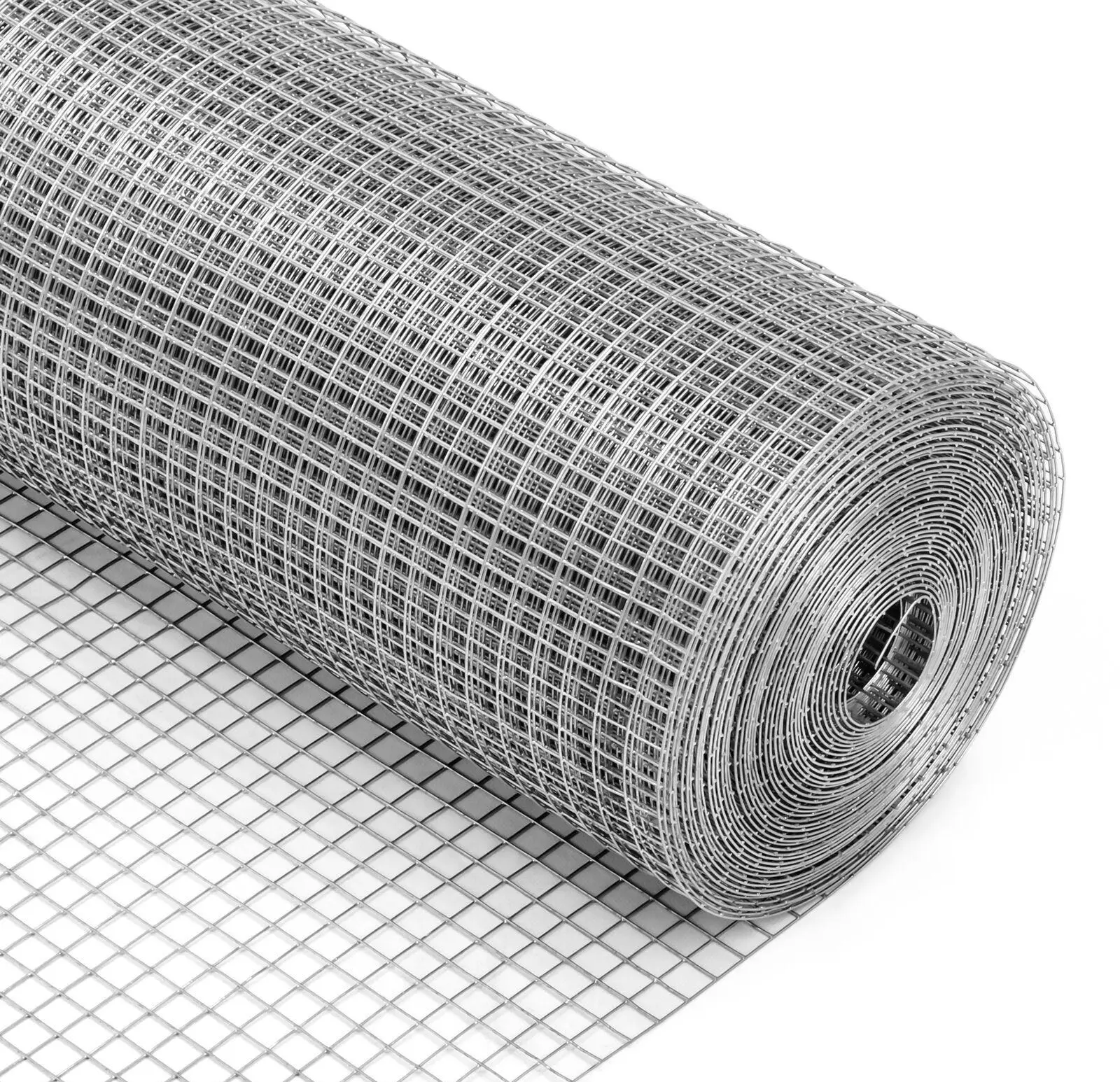-
 Afrikaans
Afrikaans -
 Albanian
Albanian -
 Amharic
Amharic -
 Arabic
Arabic -
 Armenian
Armenian -
 Azerbaijani
Azerbaijani -
 Basque
Basque -
 Belarusian
Belarusian -
 Bengali
Bengali -
 Bosnian
Bosnian -
 Bulgarian
Bulgarian -
 Catalan
Catalan -
 Cebuano
Cebuano -
 China
China -
 Corsican
Corsican -
 Croatian
Croatian -
 Czech
Czech -
 Danish
Danish -
 Dutch
Dutch -
 English
English -
 Esperanto
Esperanto -
 Estonian
Estonian -
 Finnish
Finnish -
 French
French -
 Frisian
Frisian -
 Galician
Galician -
 Georgian
Georgian -
 German
German -
 Greek
Greek -
 Gujarati
Gujarati -
 Haitian Creole
Haitian Creole -
 hausa
hausa -
 hawaiian
hawaiian -
 Hebrew
Hebrew -
 Hindi
Hindi -
 Miao
Miao -
 Hungarian
Hungarian -
 Icelandic
Icelandic -
 igbo
igbo -
 Indonesian
Indonesian -
 irish
irish -
 Italian
Italian -
 Japanese
Japanese -
 Javanese
Javanese -
 Kannada
Kannada -
 kazakh
kazakh -
 Khmer
Khmer -
 Rwandese
Rwandese -
 Korean
Korean -
 Kurdish
Kurdish -
 Kyrgyz
Kyrgyz -
 Lao
Lao -
 Latin
Latin -
 Latvian
Latvian -
 Lithuanian
Lithuanian -
 Luxembourgish
Luxembourgish -
 Macedonian
Macedonian -
 Malgashi
Malgashi -
 Malay
Malay -
 Malayalam
Malayalam -
 Maltese
Maltese -
 Maori
Maori -
 Marathi
Marathi -
 Mongolian
Mongolian -
 Myanmar
Myanmar -
 Nepali
Nepali -
 Norwegian
Norwegian -
 Norwegian
Norwegian -
 Occitan
Occitan -
 Pashto
Pashto -
 Persian
Persian -
 Polish
Polish -
 Portuguese
Portuguese -
 Punjabi
Punjabi -
 Romanian
Romanian -
 Russian
Russian -
 Samoan
Samoan -
 Scottish Gaelic
Scottish Gaelic -
 Serbian
Serbian -
 Sesotho
Sesotho -
 Shona
Shona -
 Sindhi
Sindhi -
 Sinhala
Sinhala -
 Slovak
Slovak -
 Slovenian
Slovenian -
 Somali
Somali -
 Spanish
Spanish -
 Sundanese
Sundanese -
 Swahili
Swahili -
 Swedish
Swedish -
 Tagalog
Tagalog -
 Tajik
Tajik -
 Tamil
Tamil -
 Tatar
Tatar -
 Telugu
Telugu -
 Thai
Thai -
 Turkish
Turkish -
 Turkmen
Turkmen -
 Ukrainian
Ukrainian -
 Urdu
Urdu -
 Uighur
Uighur -
 Uzbek
Uzbek -
 Vietnamese
Vietnamese -
 Welsh
Welsh -
 Bantu
Bantu -
 Yiddish
Yiddish -
 Yoruba
Yoruba -
 Zulu
Zulu
How Safety Mesh Ensures Compliance with Local Safety Laws
In construction and industrial work environments, maintaining safety standards is not just important for the well-being of workers—it’s often a legal requirement. Local safety laws and regulations mandate that construction sites implement specific safety measures to protect workers, pedestrians, and nearby structures. Among the most effective solutions are building safety nets, outdoor safety netting, rope safety netting, and debris scaffold netting. These types of safety mesh are designed to catch falling objects, prevent falls, and restrict access to dangerous areas, all while ensuring compliance with local safety regulations. Let's explore how safety mesh plays a crucial role in meeting these requirements and keeping work sites safe.

Building Safety Nets: Meeting Structural Safety Requirements
Building safety nets are essential to meeting local construction laws and safety standards, particularly for projects involving multi-story buildings or structures with elevated work areas. These nets are often required by law in areas where there is a high risk of falling debris or where workers are operating at height. By providing a robust, durable barrier, building safety nets help to prevent materials from falling onto pedestrians or workers on lower levels, effectively reducing the risk of injury and protecting surrounding property. Local building codes often mandate the use of building safety nets to comply with safety standards for high-rise or complex construction projects, making them an essential tool for avoiding legal repercussions and ensuring a safe environment for everyone involved.
Outdoor Safety Netting: Complying with Regulations for Public Protection
In many jurisdictions, construction sites are required to take extra measures when working outdoors or in public spaces, where pedestrians may be at risk. Outdoor safety netting is a key solution in these cases, as it effectively creates a physical barrier to contain debris, dust, and other hazards. This type of safety netting is often used around scaffolding, building perimeters, or areas where work is being done at elevated levels. Outdoor safety netting not only protects workers from falling but also ensures that the public is kept at a safe distance from high-risk zones. Local safety laws typically require the use of such protective barriers to avoid accidents and mitigate liability. By using outdoor safety netting, construction companies demonstrate compliance with safety regulations and reduce the potential for fines or legal issues related to site safety.
Rope Safety Netting: Ensuring Fall Protection for Elevated Work
For construction sites involving significant height, such as roofing, bridges, or high-rise buildings, rope safety netting is often mandated to ensure fall protection. This type of safety mesh is designed to catch workers who may fall from elevated platforms, scaffolding, or other high-risk areas. Rope safety netting is not only a precautionary measure but a legal requirement in many areas where working at height is common. It provides an effective safety barrier that reduces the risk of severe injuries or fatalities, which is a key consideration in local safety laws. By installing rope safety netting, construction sites can comply with fall protection regulations and demonstrate their commitment to worker safety, avoiding violations and potential penalties from regulatory agencies.
Debris Scaffold Netting: Complying with Building Safety Codes
Debris scaffold netting is another critical safety measure that ensures compliance with local construction laws. Scaffolding is an integral part of many building projects, but it also presents a significant risk of debris falling and causing injuries to workers or pedestrians below. To address this risk, debris scaffold netting is used to contain falling debris and prevent it from reaching the ground. This type of netting is often required by local building safety codes, particularly in high-traffic areas or places where construction is conducted near public spaces. Debris scaffold netting acts as a safeguard, reducing accidents and fulfilling legal obligations to maintain a safe work environment. Ensuring that debris scaffold netting is in place helps construction companies avoid legal liabilities and maintain a high standard of safety.
In conclusion, building safety nets, outdoor safety netting, rope safety netting, and debris scaffold netting are not just optional safety measures—they are essential to complying with local construction laws and regulations. By using these safety mesh systems, construction companies not only protect workers and the public but also meet legal safety requirements that reduce the risk of accidents and injuries. Adhering to local safety standards through the installation of appropriate safety mesh demonstrates a commitment to both worker protection and legal compliance, which ultimately contributes to the success and reputation of the company.
Ensure your construction site meets safety laws by using high-quality safety mesh solutions. Browse our selection of building safety nets and other protective netting options to maintain a compliant and secure worksite.
-
Anti Hail Net | UV-Stable, High-Strength Orchard ShieldNewsNov.17,2025
-
Anti Bird Netting – UV-Stable, Durable, Humane ProtectionNewsNov.17,2025
-
Welded Wire - Durable, Rust-Resistant Mesh, Custom SizesNewsNov.17,2025
-
Garden Mesh Sun Shade – UV-Resistant, Durable, Custom SizesNewsNov.17,2025
-
Bird in Net Solution: Humane, UV-Resistant Bird NettingNewsNov.17,2025
-
Stainless Steel Filters: Durable, Washable, High-FlowNewsNov.10,2025











